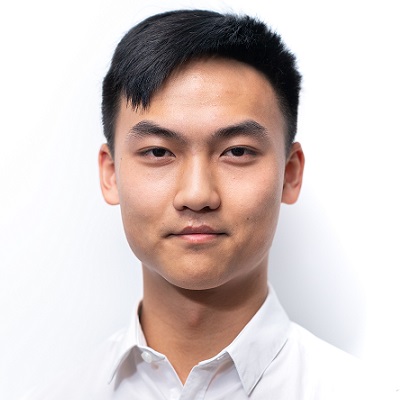Cross-border neural networks: Australia-China collaboration in artificial intelligence research
December 10 2019

Key findings
- Driven by transformative technologies like artificial intelligence (AI), the Fourth Industrial Revolution is reshaping economies and societies across the globe. A 2018 report by the McKinsey Global Institute identifies the United States and China as 'active global leaders' in the supply of AI. The ability of countries like Australia to create AI knowledge and make use of it will depend significantly on their ability to connect to these leaders. McKinsey estimates that AI adoption and absorption could potentially account for around half of Australia's aggregate economic growth over the period 2017-2030.
- In the absence of home-grown technology giants like Google and Tencent, universities are positioned as Australia's key actors in conducting AI research. The fact that universities openly publish their research enhances our ability to survey their contribution and patterns of international collaboration. In 2018, Australia produced 2.9 percent of the world's total AI publications. Two-thirds of Australian AI publications featured a collaborator affiliated with an overseas institution. This was up from one-third a decade ago, starkly illustrating the importance of global connectedness for smaller players like Australia.
- China is Australia's leading AI research partner by a large margin. In 2018, researchers affiliated with Chinese institutions featured in 31.3 percent of all Australian AI publications, or 33.9 percent if Hong Kong SAR is also included. This is triple the share of Australia's next most important partner, the US. Both China and the US have grown in significance as research partners but China has been the clear standout having increased as a share of the Australian total by 24.3 percentage points over the past decade, compared with 6.8 percentage points for the US.
- While researchers affiliated with Chinese institutions feature in around one-third of Australian AI publications, collaborators in Australia only appear in 3.3 percent of China's total.
- The quality of AI research can be proxied by the frequency with which a publication is cited. In 2017, of Australian publications in the top one percent of most-cited AI publications globally, more than half (52.1 percent) involved a China-affiliated collaborator, or nearly two-thirds (64.4 percent) if Hong Kong SAR is also included. The share featuring a US collaborator is just over one-fifth.
- Australia's AI research with China is being led by specific institutions. In 2018, 22.4 percent of all Australia-China AI publications were written by researchers at the University of Technology Sydney. Next were researchers at the University of Sydney with a 15.5 percent share.
- As 'general purpose' technologies, concerns have been raised that Australia's research with China on AI might assist in building the capabilities of China's People's Liberation Army (PLA). But in terms of working with researchers at Chinese institutions identified as having PLA affiliations, a sample estimate suggests these comprise a small fraction of total Australia-China AI publications each year (between zero to 6.1 percent) and there is no obvious upward trend.
- As national interest considerations evolve, reflecting economic, security and ethical dimensions, the Australian government is not without options for facilitating Australia-China AI research connections (such as through the Australia-China Science and Research Fund) or curbing them (such as through the application of Defence Export Controls to projects involving Chinese partners). Media outlets and non-government organisations can also provide valuable data to assist Australian universities in their selection of Chinese partners and ongoing scrutiny as these connections develop.
- China is already a global AI leader, irrespective of Australia's engagement with it. This makes it essential that the Australian government actively contributes to international forums and agreements involving China and that serve to promote AI's responsible use.
Authors: James Laurenceson, Acting Director, Australia-China Relations Institute, University of Technology Sydney; Michael Zhou, Project and Research Officer, Australia-China Relations Institute, University of Technology Sydney.
Notes: UTS:ACRI working papers are research papers in progress. Feedback is welcomed by the author(s).


